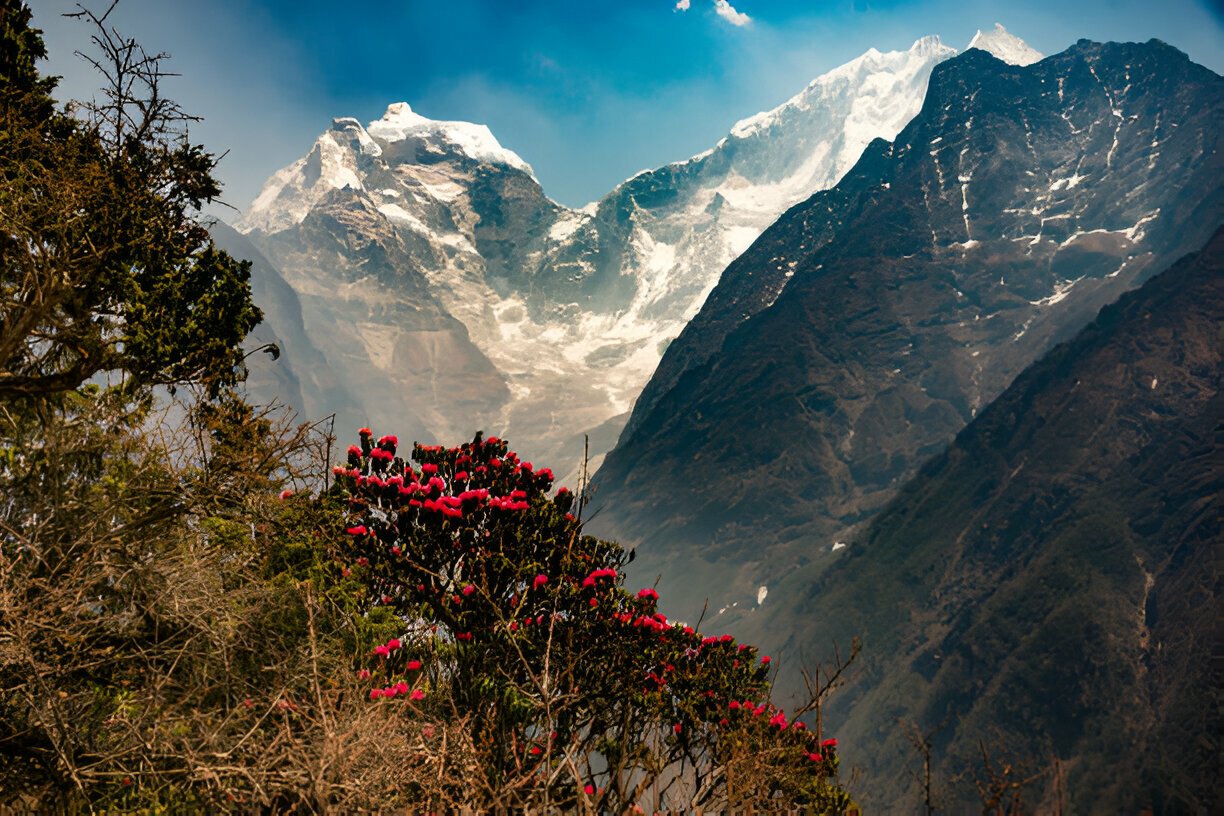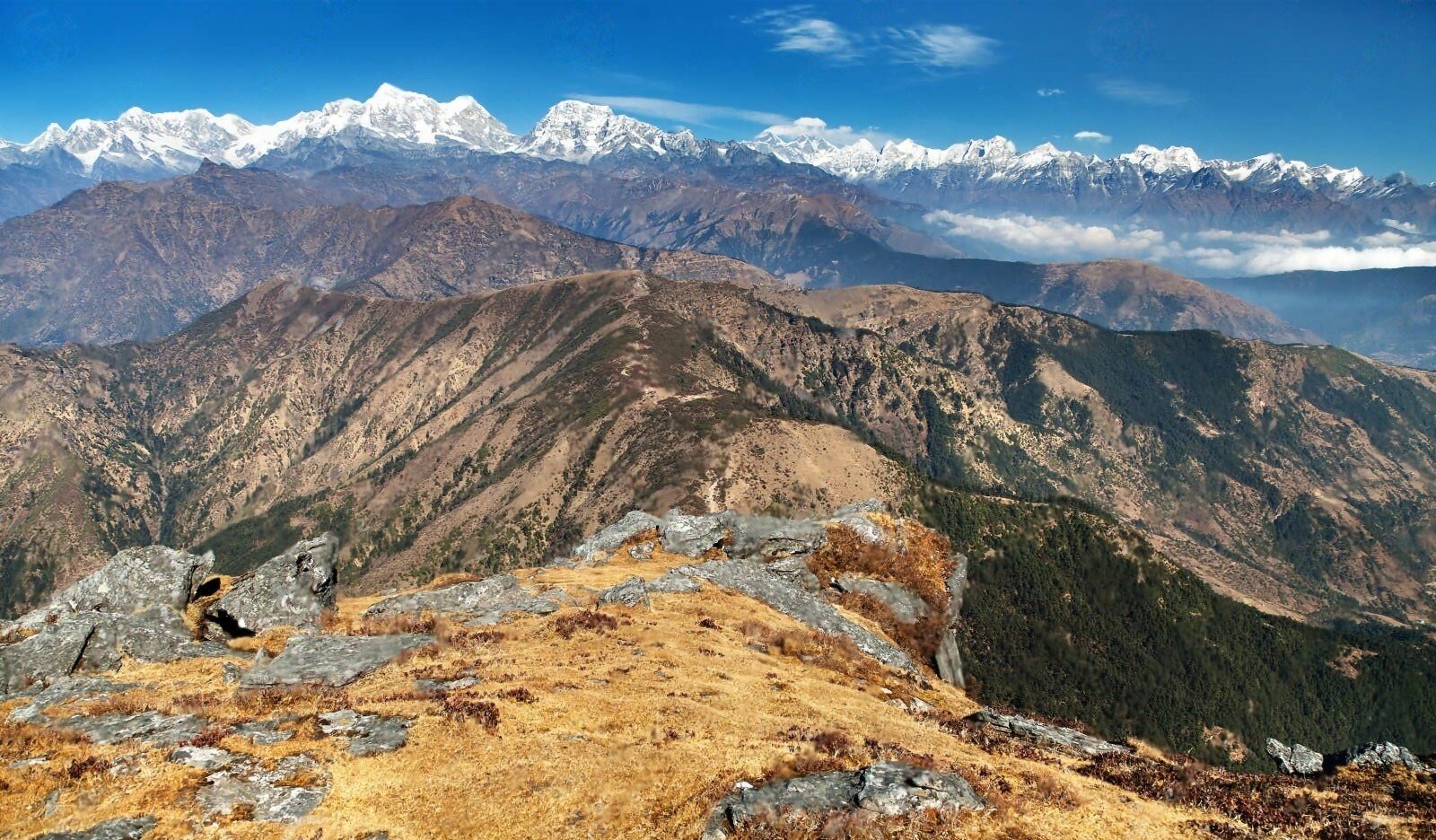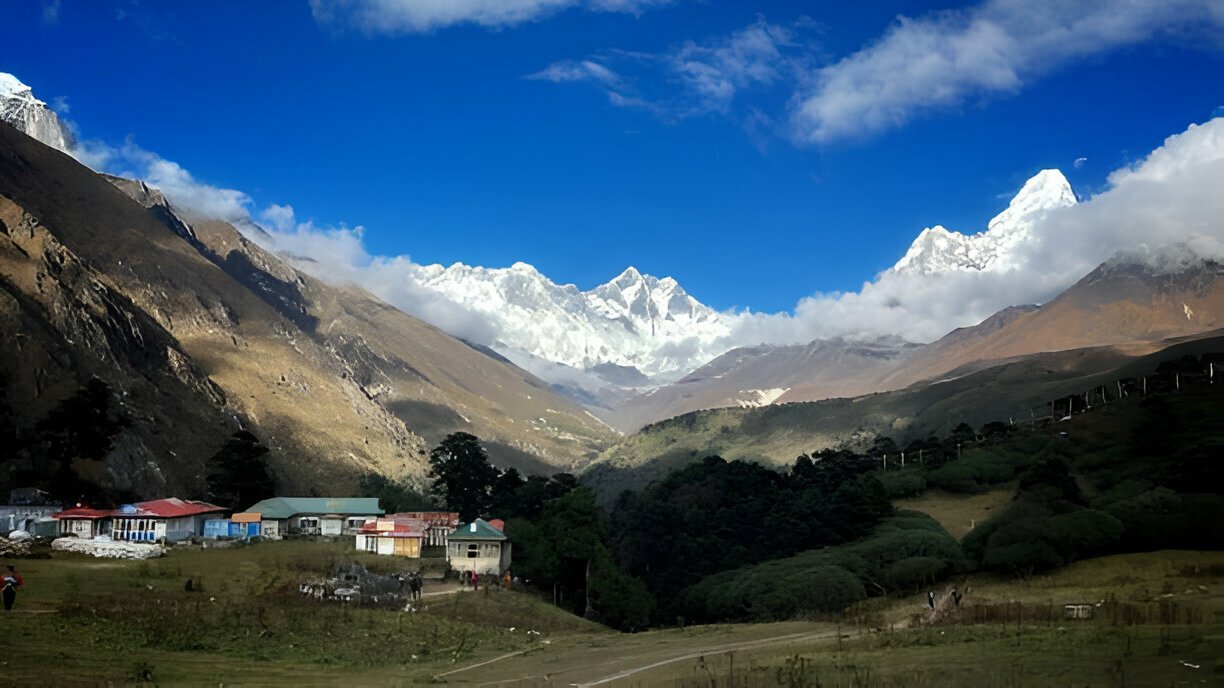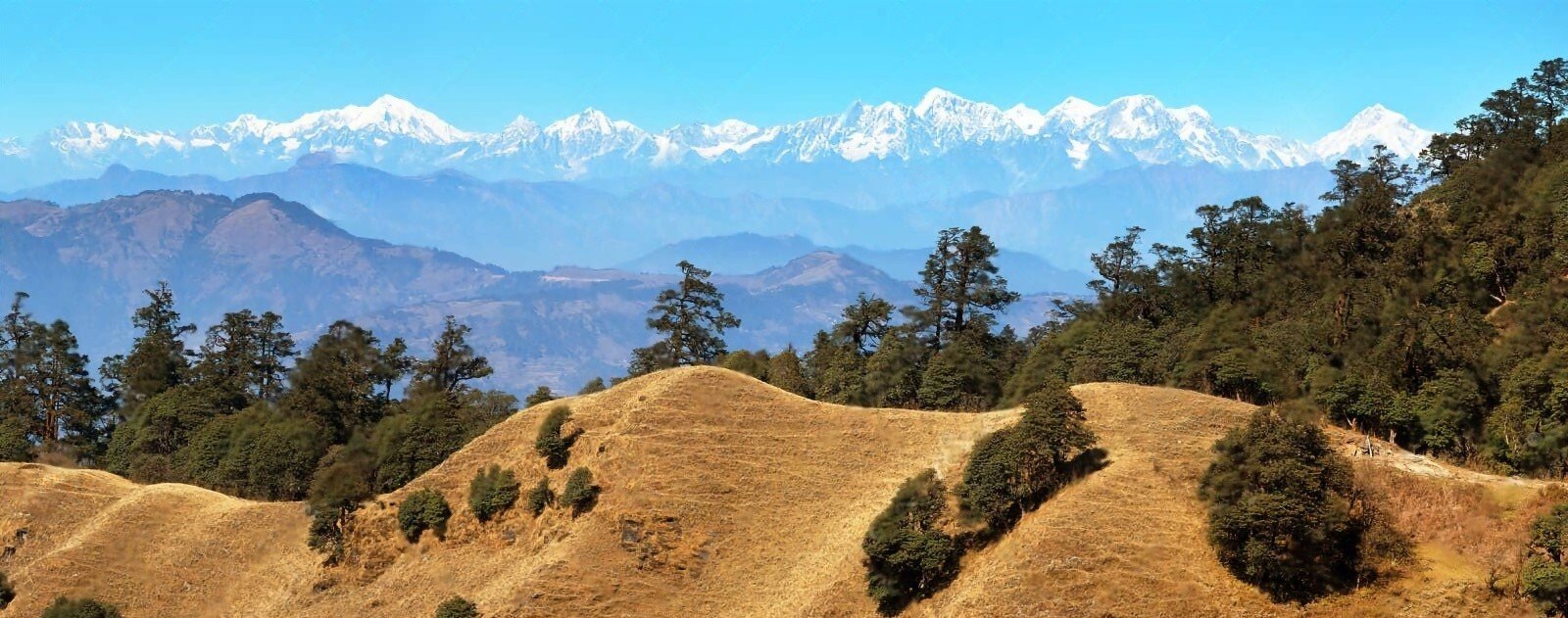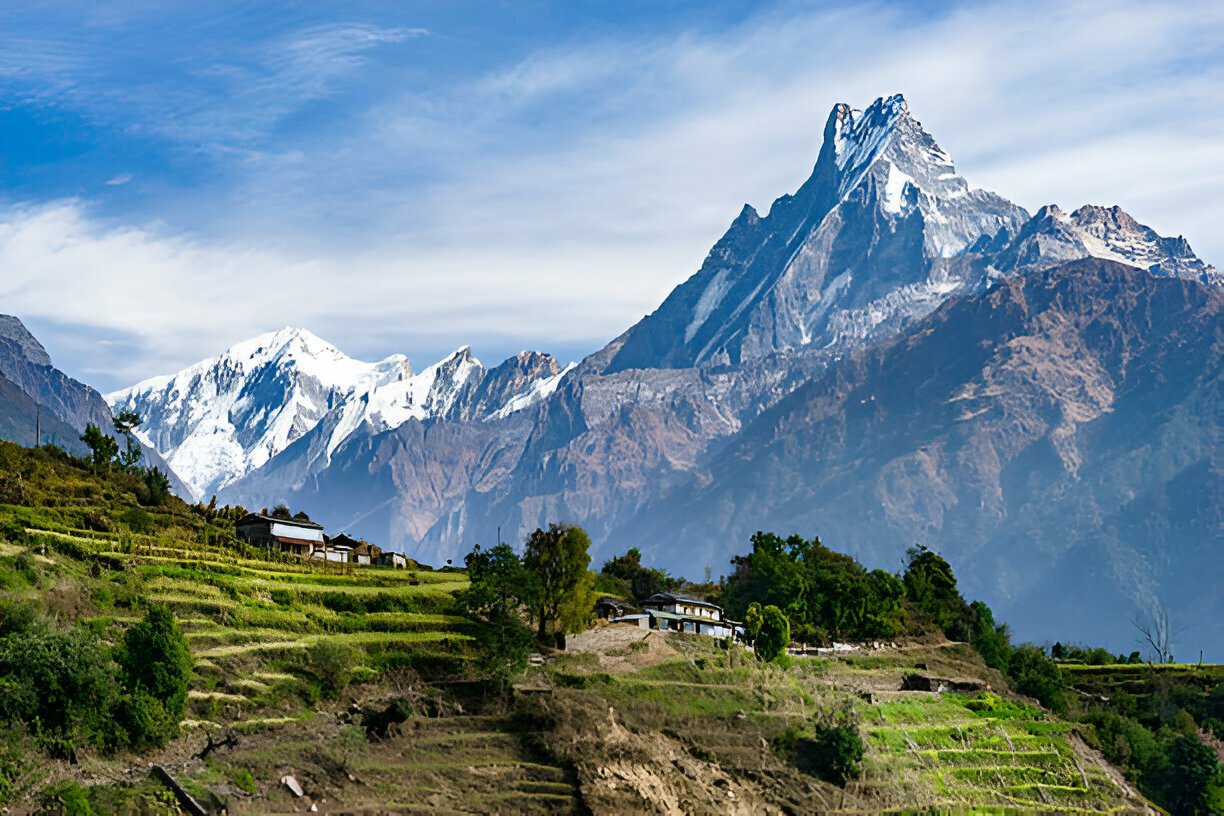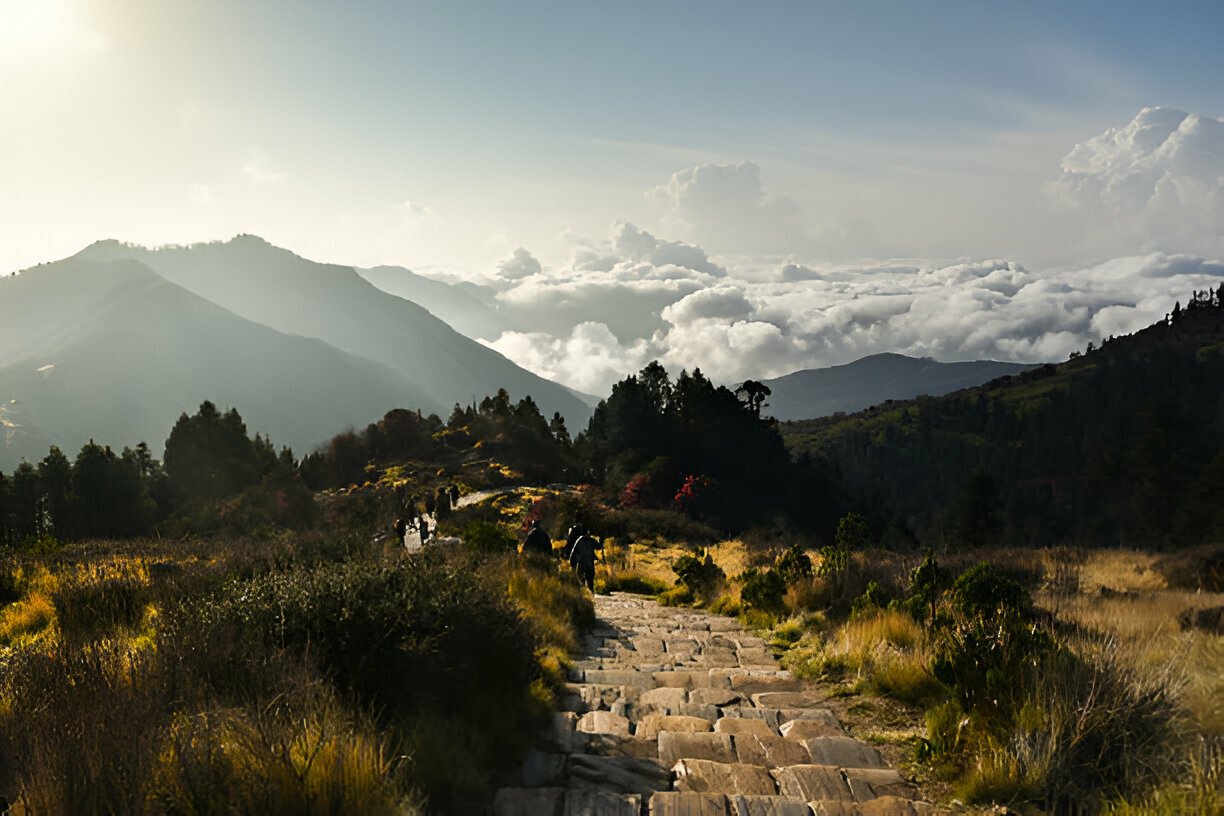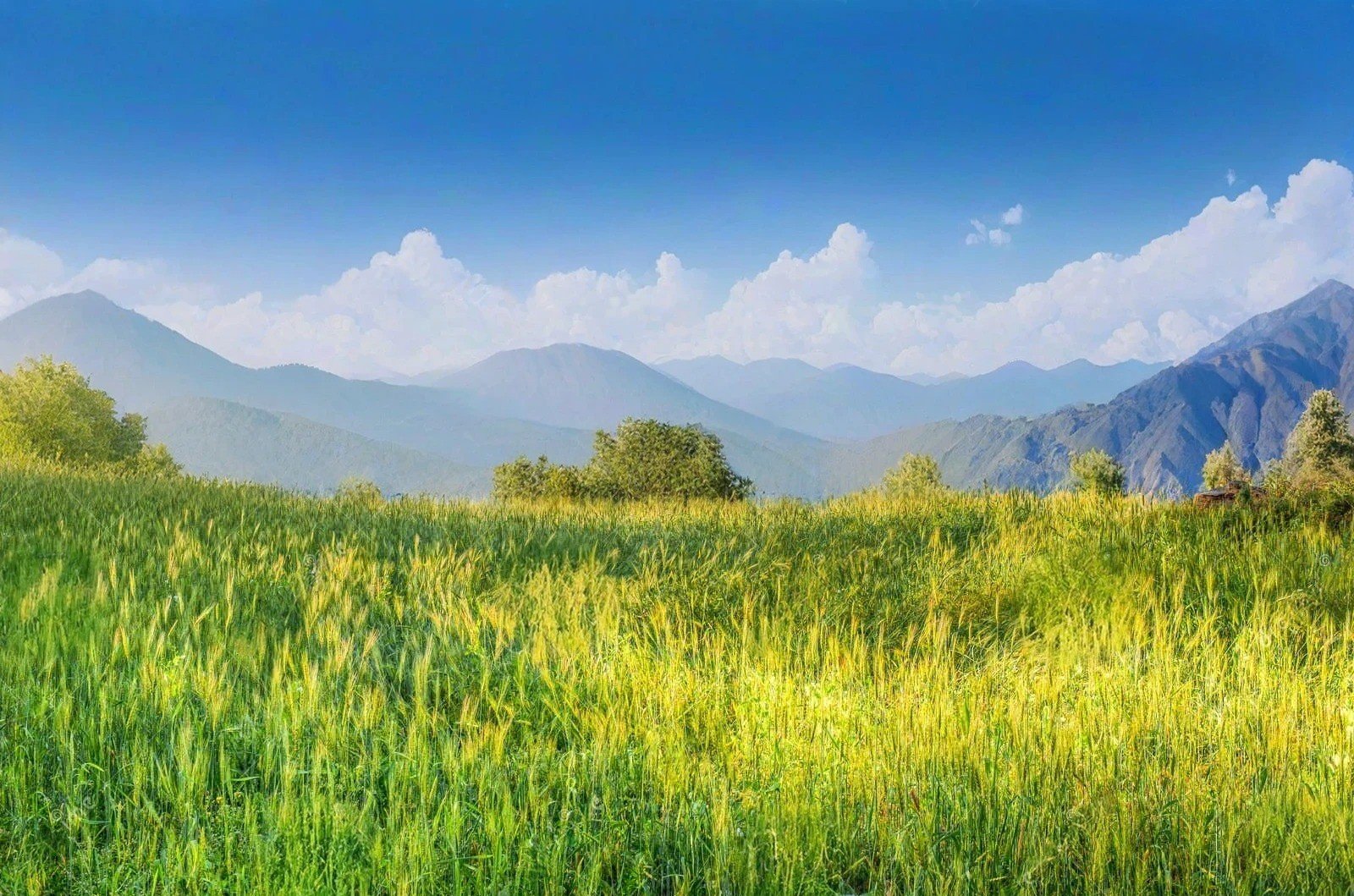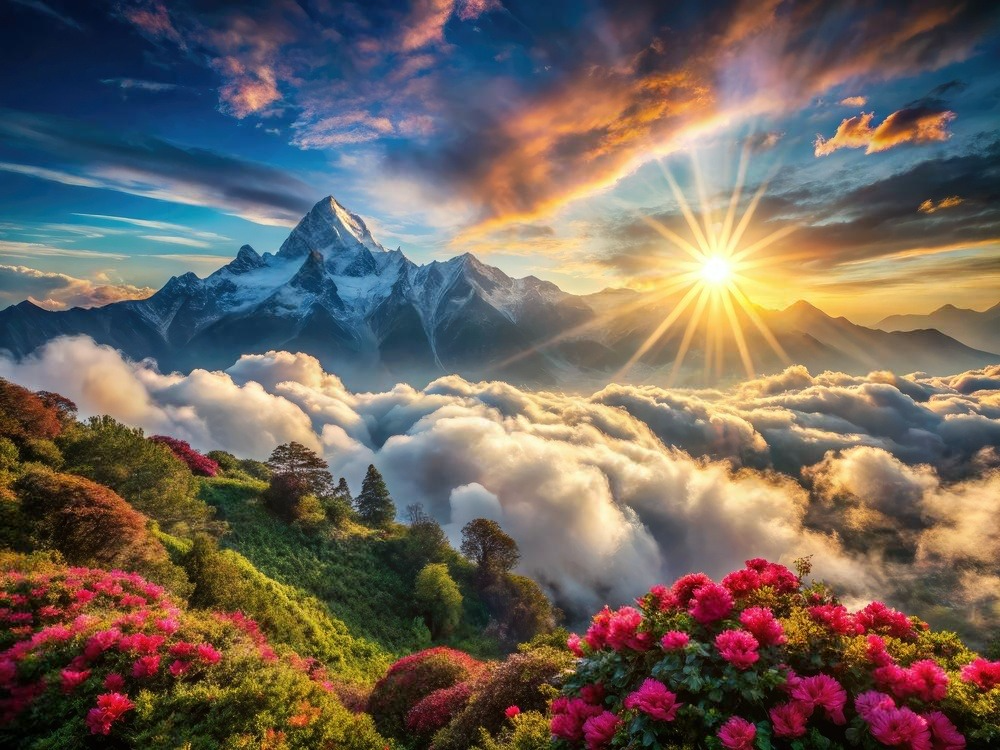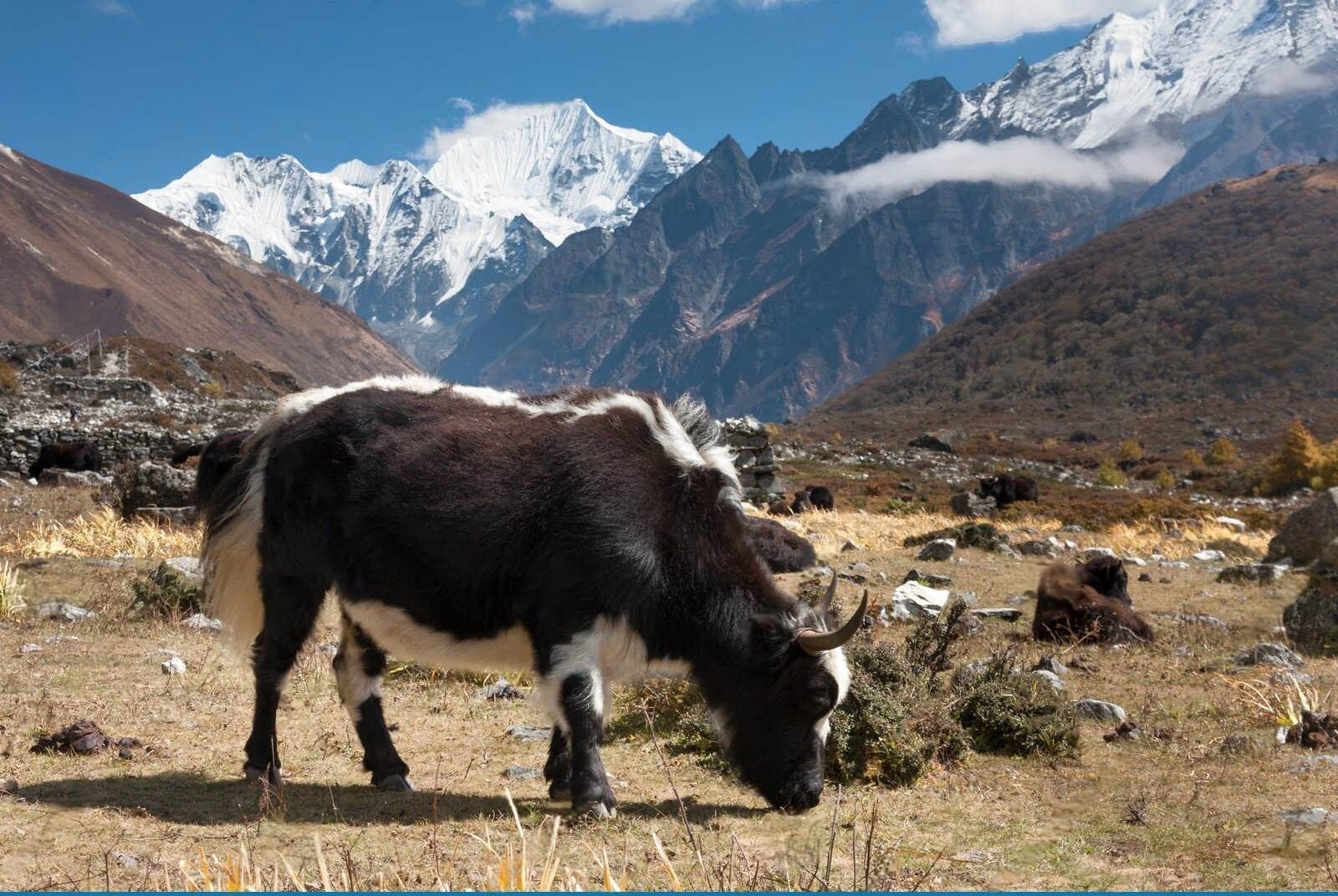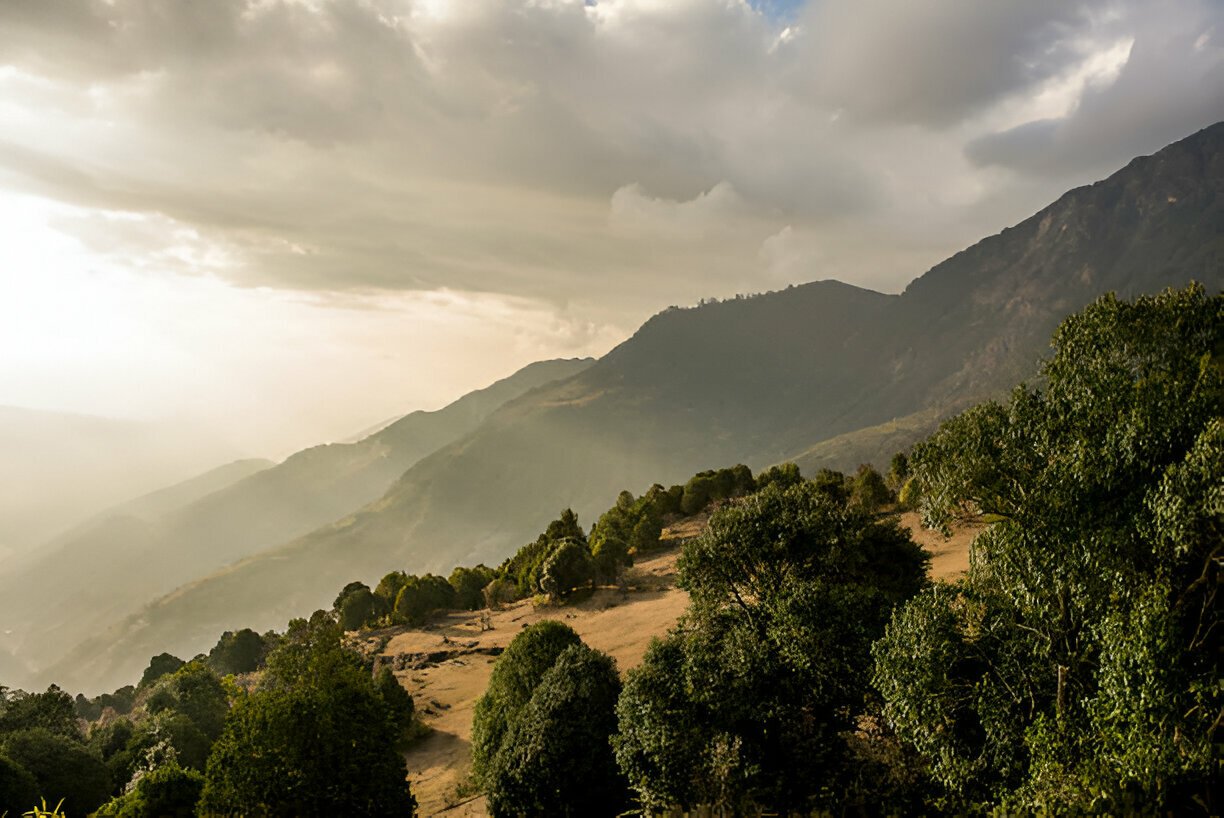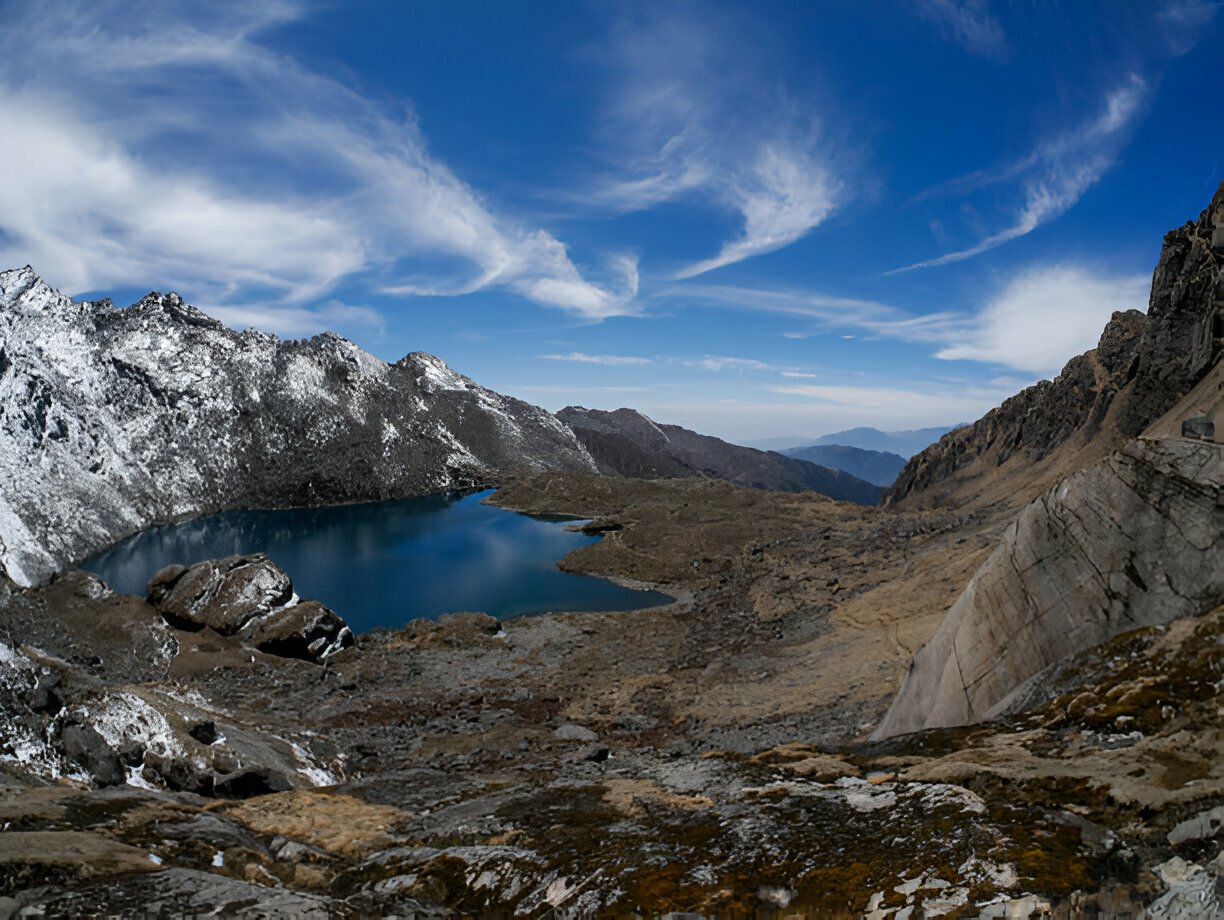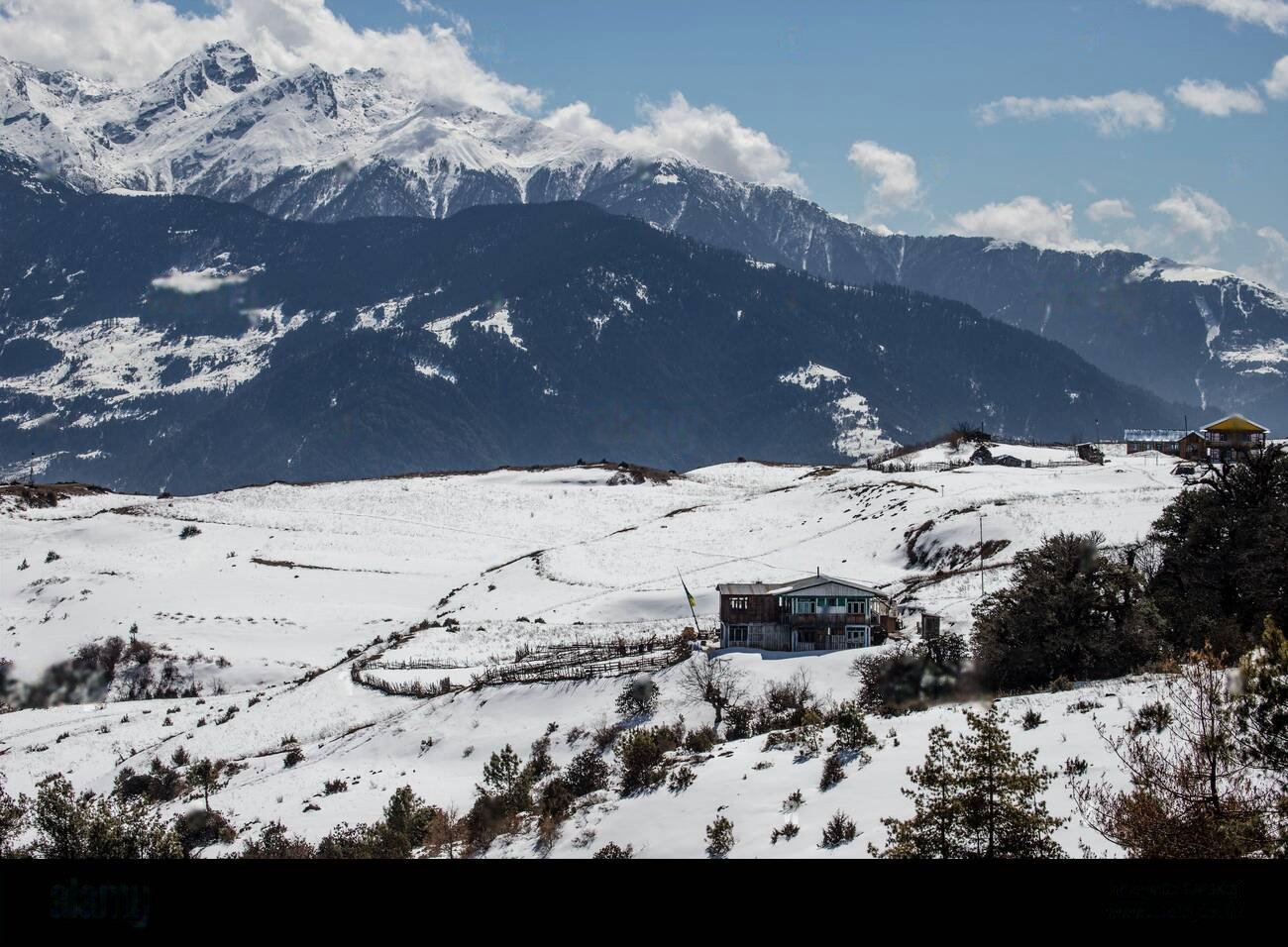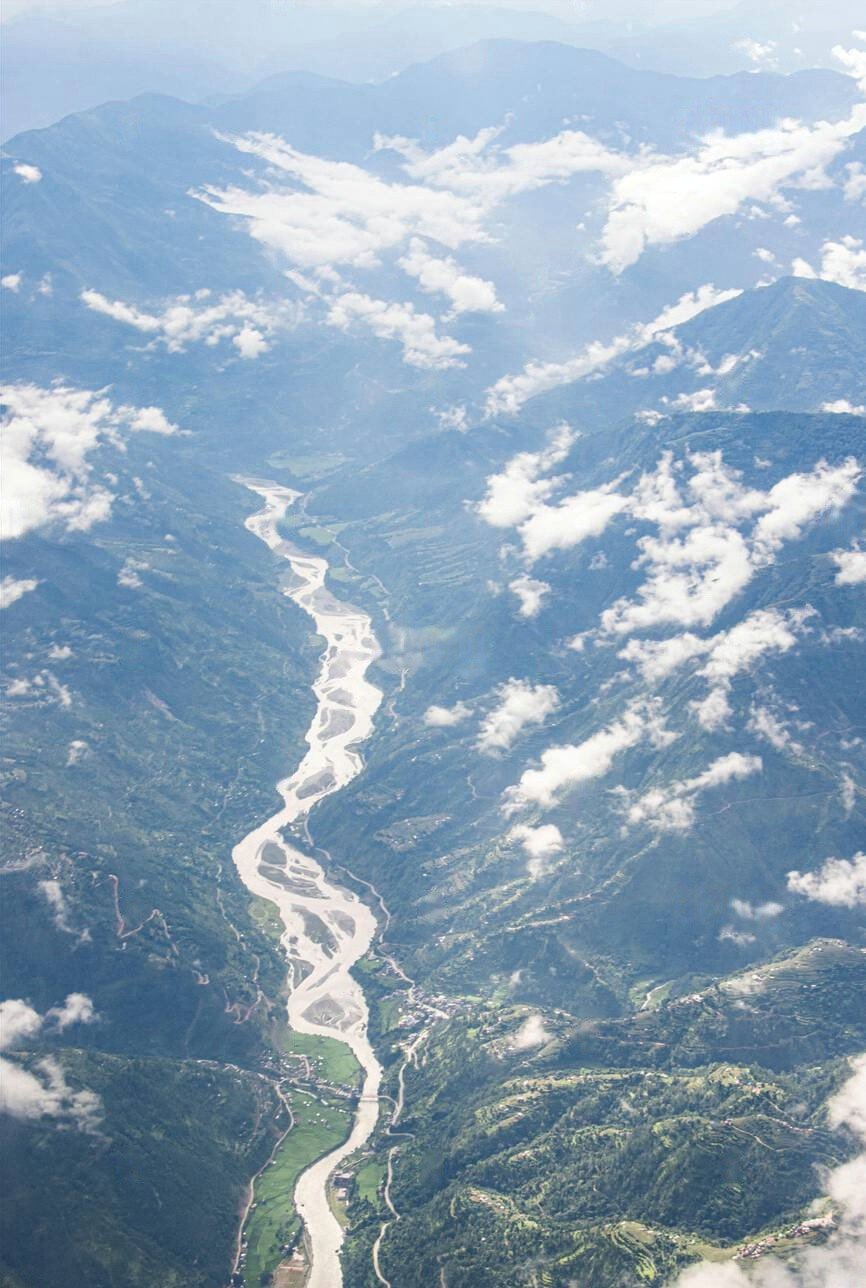 About this Trip
About this Trip
The Great Himalayan Trail Lower Route represents a profound experience of cultural immersion and natural diversity. What makes this trek extraordinary is its comprehensive showcase of Nepal's middle hills – the true heart of the country where the majority of Nepal's population and cultural heritage thrive.
As you traverse from east to west, the landscape presents a constantly changing tapestry. The trail connects ridgelines, passes through countless river valleys, and crosses the spines of hills that extend southward from the great Himalayan range. Unlike high-altitude treks focused primarily on mountain scenery, the Lower Route offers a more intimate experience of Nepal's rural heartland alongside periodic stunning views of distant snow-capped peaks.
The cultural aspect of the trek is unparalleled in its diversity. Each region introduces new languages, architectural styles, farming practices, and cultural traditions. You'll experience the eastern regions where animism blends with Buddhism, central areas where Hindu traditions predominate, and western regions showing Tibetan influences. Traditional hospitality takes different forms but remains consistently warm throughout the journey.
Physically, the trek challenges participants with its sheer length rather than extreme altitude. The Lower Route's continuous pattern of ascending and descending between river valleys and ridgelines (locally known as "Nepali flat") builds endurance over time. While individual sections can be completed by moderately fit trekkers, the full route demands significant commitment and stamina.
Throughout the journey, the relative obscurity of many trail sections provides authentic experiences increasingly rare on mainstream trekking routes. Staying in homestays, sharing meals with villagers, and participating in daily life creates connections that transcend typical tourism and offers insights into sustainable lifestyles that have existed for centuries in harmony with challenging mountain environments.
The Great Himalayan Trail Lower Route represents a profound experience of cultural immersion and natural diversity. What makes this trek extraordinary is its comprehensive showcase of Nepal's middle hills – the true heart of the country where the majority of Nepal's population and cultural heritage thrive.
As you traverse from east to west, the landscape presents a constantly changing tapestry. The trail connects ridgelines, passes through countless river valleys, and crosses the spines of hills that extend southward from the great Himalayan range. Unlike high-altitude treks focused primarily on mountain scenery, the Lower Route offers a more intimate experience of Nepal's rural heartland alongside periodic stunning views of distant snow-capped peaks.
The cultural aspect of the trek is unparalleled in its diversity. Each region introduces new languages, architectural styles, farming practices, and cultural traditions. You'll experience the eastern regions where animism blends with Buddhism, central areas where Hindu traditions predominate, and western regions showing Tibetan influences. Traditional hospitality takes different forms but remains consistently warm throughout the journey.
Physically, the trek challenges participants with its sheer length rather than extreme altitude. The Lower Route's continuous pattern of ascending and descending between river valleys and ridgelines (locally known as "Nepali flat") builds endurance over time. While individual sections can be completed by moderately fit trekkers, the full route demands significant commitment and stamina.
Throughout the journey, the relative obscurity of many trail sections provides authentic experiences increasingly rare on mainstream trekking routes. Staying in homestays, sharing meals with villagers, and participating in daily life creates connections that transcend typical tourism and offers insights into sustainable lifestyles that have existed for centuries in harmony with challenging mountain environments.
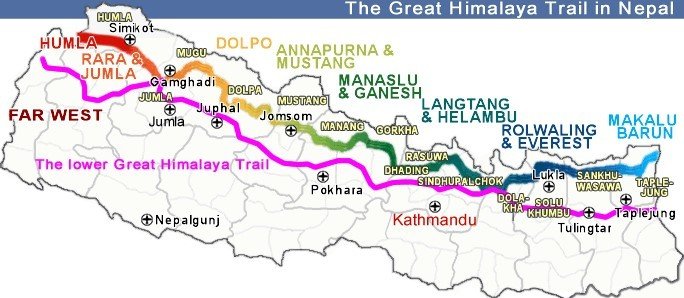
From $0
Price Varies from Group Size
Success
Here goes about why the success toast occurred.
 Itinerary
Itinerary
Arrival in Kathmandu and Preparation
Fly to Bhadrapur and Drive to Taplejung
Taplejung to Milke Danda Ridge
Milke Danda to Salpa Pass Region
Salpa to Jiri
Jiri to Kathmandu Valley Rim
Kathmandu Valley Cultural Trail
Kathmandu to Gorkha
Gorkha to Pokhara
Pokhara to Dhorpatan
Dhorpatan to Jumla
Jumla to Rara Lake
Rara Lake to Darchula
Return to Kathmandu
 Services
Services
Includes
- Specialized guide with extensive knowledge of regional cultures and languages
- Private transport and flights between major section points
- Daily meals during the trek (breakfast, lunch, and dinner)
- Arrangements with community homestays and tea houses
- Services of local porters hired from communities along the route
- All required trekking permits and conservation area fees
- Cultural orientation and language basics for key regions
Excludes
- Custom itinerary development for specific sections
- Special cultural experiences (festivals, ceremonies)
- Specialized guides for birdwatching or photography
- Premium accommodation in cities and major towns
- International flights and Nepal entry visa
- Personal trekking equipment and specialized gear
- Additional meals and beverages in cities
 Good to Know
Good to Know
Train consistently for at least 3 months before your trek with emphasis on endurance walking on varied terrain rather than just altitude fitness. The Lower Route allows more flexibility with acclimatization but requires sustained effort over multiple weeks. Pack for diverse climates as temperatures vary significantly between river valleys and ridgelines. Bring water purification systems as clean water access varies greatly by region. Learn basic phrases in Nepali to enhance your cultural experience, though most guides can translate local languages. Carry sufficient cash for remote sections where banking facilities may be several days' walk apart. The Lower Route offers more consistent accommodation and food options than the Upper Route but still requires flexibility and adaptability.
Wildlife Encounters
While trekking, keep an eye out for:
Himalayan langur and rhesus macaque monkeys
Barking deer and muntjac in forested regions
Red panda in eastern bamboo forests (rare sightings)
Himalayan black bear in remote areas
Over 500 bird species including sunbirds, minivets, and hornbills
Brilliant butterflies, especially during spring months
Unique reptiles and amphibians in subtropical regions
Wild orchids and medicinal plants throughout the route
 Reviews
Reviews
 FAQs (Frequently Asked Questions)
FAQs (Frequently Asked Questions)
Your queries are answered.
Can I trek just a portion of the Lower Route?
Absolutely. Most trekkers complete individual sections ranging from 10-21 days. The route is designed with logical entry and exit points where road access allows supplies to be replenished and transportation arranged.
What is the best time of year for this trek?
October to November offers clear mountain views and pleasant temperatures. March to May features spectacular rhododendron blooms and spring cultural festivals. December to February is possible in lower elevations but can be cold at night. June to September (monsoon season) is generally not recommended due to leeches, slippery trails, and limited views.
How does the accommodation compare to established trekking routes?
Accommodation is more basic and authentic than on commercial routes like Everest and Annapurna. Expect simple homestays in family homes, basic tea houses, and occasional camping in the most remote sections. Hot showers are occasional luxuries, and electricity may be limited to solar power in many villages.
Is it a crowded trekking route?
The Lower Route sees very few international trekkers compared to Nepal's established routes. You'll often be the only foreign visitors in many villages, allowing for more authentic cultural interactions but requiring greater self-sufficiency.
Do I need a guide for this trek?
A guide is highly recommended and often required for permits in certain regions. Local guides provide cultural interpretation, language assistance, and crucial navigation help on trails that may be unclear or unmarked. They also facilitate community homestay arrangements that would be difficult to organize independently.
What about communication options?
Cell coverage has improved dramatically in rural Nepal but remains inconsistent. Expect connectivity in larger villages and district centers but prepare for multiple days without communication in remote sections. Satellite communication devices are recommended for those trekking extended sections.
How much should I budget beyond the package cost?
Budget approximately $15-20 per day for additional expenses, tips, and contingencies. While daily costs are lower than in high-altitude trekking regions, the extended duration requires adequate financial planning.
How physically demanding is the trek?
The Lower Route involves continuous up and down hiking (often 600-1000m elevation change daily) but at lower elevations (typically below 3,000m). This creates a distinct challenge focused on endurance rather than altitude acclimatization. Consistent training before the trek is essential.
What cultural considerations should I be aware of?
Nepal's middle hills feature tremendous cultural diversity. Research specific customs of regions you'll visit, dress modestly, ask permission before photographing people or religious sites, and learn basic greetings in Nepali. Your guide can advise on specific regional customs that vary significantly throughout the country.




